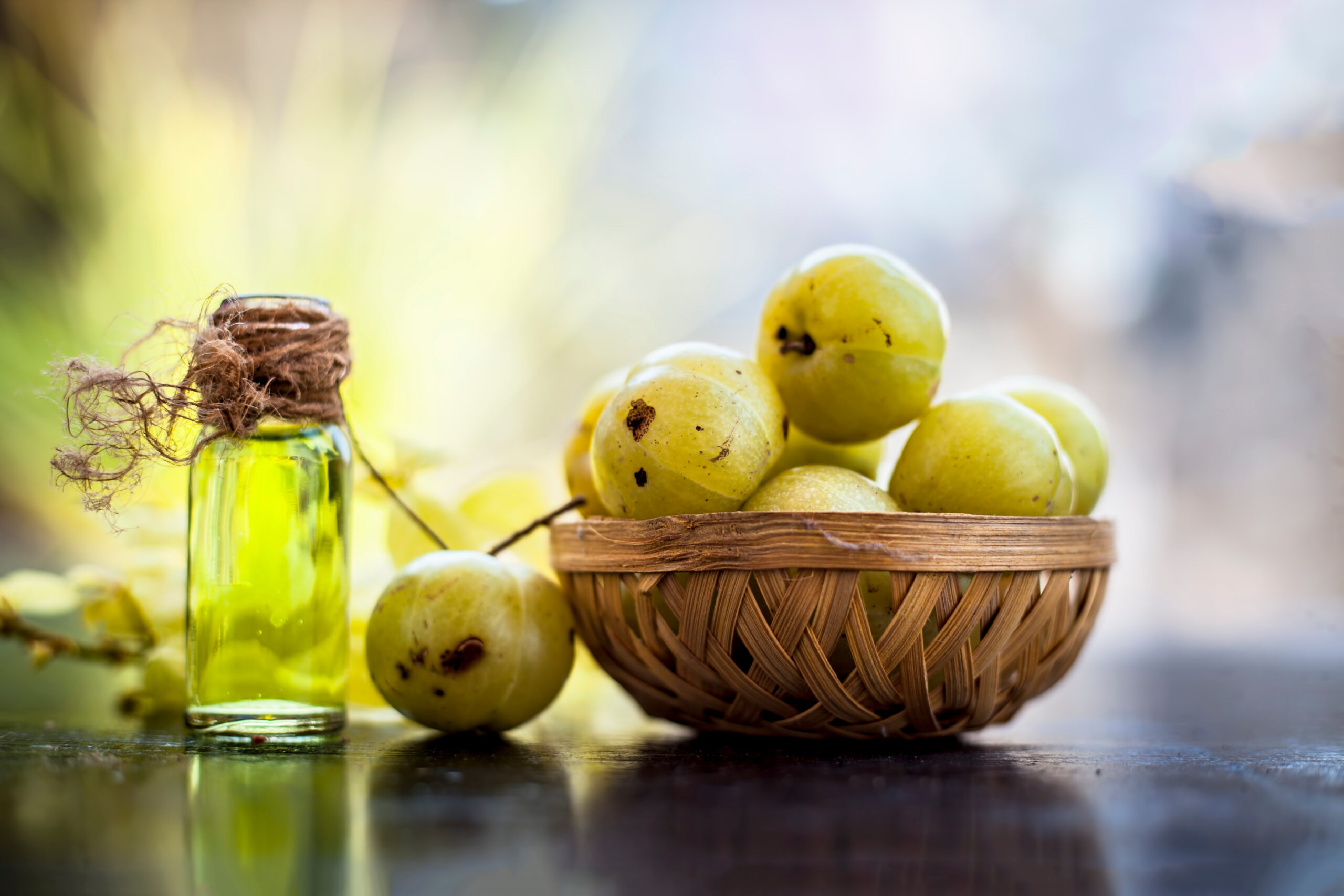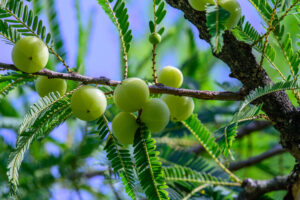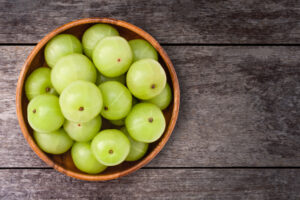
In the herbal medicine world, few plants are as revered and beneficial as Amalaki Herb. Also known as Indian gooseberry or Amla, Amalaki has been a cornerstone of Ayurvedic medicine for thousands of years. This potent herb is known for its numerous health benefits, making it a must-have in any natural health regimen. In this article, we’ll explore the various ways Amalaki can enhance your well-being and how you can incorporate it into your daily routine.

Amalaki (Emblica officinalis) is a small, green fruit native to India. It is highly valued in Ayurveda for its extensive health benefits. Rich in vitamin C and other essential nutrients, Amalaki is often used to boost the immune system, improve digestion, and promote skin and hair health. The fruit is typically consumed in its dried form, powdered, or as a juice.
Amalaki is packed with vitamin C, which is crucial for maintaining a robust immune system. This vitamin helps the body fight off infections and illnesses, making Amalaki an excellent natural remedy for colds and flu.
How to Use:
Amalaki has been traditionally used to support digestive health. It helps in regulating bowel movements, reducing acidity, and promoting the absorption of nutrients.
How to Use:
The antioxidant properties of Amalaki make it a powerful herb for skin and hair health. It can help reduce skin disorders, prevent hair loss, and promote a glowing complexion.
How to Use:
Amalaki is known to support cardiovascular health by reducing cholesterol levels and improving blood circulation. Its anti-inflammatory properties also help protect the heart from various diseases.
How to Use:
Rich in antioxidants, Amalaki helps combat free radicals, which are responsible for premature aging. Regular consumption of Amalaki can reduce fine lines, wrinkles, and other signs of aging.
How to Use:
Integrating Amalaki Herbi into your daily routine is simple and can be done in various ways. Here are some practical tips:
While Amalaki Herb is generally safe for most people, it’s essential to be aware of potential side effects. Overconsumption can lead to digestive issues such as diarrhea. Pregnant and breastfeeding women should consult their healthcare provider before using Amalaki. Always start with a small dose to see how your body reacts.

Curious about how Amalaki Herb can benefit your health? Schedule a Consultation with our herbal experts today. We’ll help you create a personalized plan to incorporate this powerful herb into your wellness routine.
In conclusion, Amalaki Herb is a versatile and potent herb that offers a wide range of health benefits. From boosting immunity to promoting healthy skin and hair, this ancient remedy is a valuable addition to any natural health regimen.
By incorporating Amalaki into your daily routine, you can experience the transformative effects of this Ayurvedic powerhouse. Don’t wait—start your journey to better health with Amalaki Herb today.

The Holistic HIghway integrates traditional Western medical practices with Ayurveda medicine, creating a focus on prevention through nutrition, diet, and exercise; use of the latest genetic testing and other diagnostic techniques; and prescribed combinations of botanical medicines, supplements, therapeutic diets, detoxification programs, or stress-management techniques.

Integrative Health Expert | Ayurveda Practitioner | Author | Speaker
Kerry is a globally recognized leader in integrative medicine and the science of health known as Ayurveda. She is passionate about raising awareness of the need for a change in contemporary medicine that focuses on patient empowerment and a health-based (rather than disease-based) medical system.
Kerry is connected with The University of Pittsburgh Center for Integrative Medicine and remains a pioneer in the field of integrative medicine where she has developed a personalized system to manage chronic disorders by incorporating fundamental changes in diet, behavior, and stress while focusing on genetics.
This individualized program is so successful that many of her clients have achieved maximum healing and vitality after years of chronic problems!
More to Explore
Contact
Disclaimer
The sole purpose of all the website content is to educate and provide information about Integrative Health, Genetics and Ayurveda.This information is not intended for use in the diagnosis, treatment, cure. or prevention of any disease.
Stay Connected